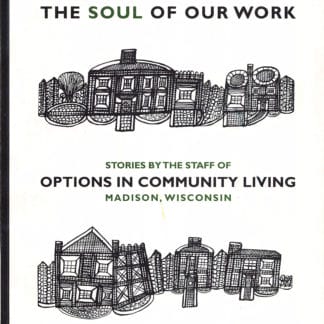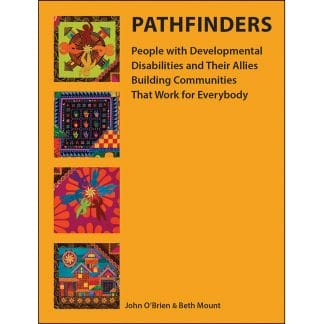Discovering Community Living
Learning from Innovations in Services to People with Mental Retardation
John O’Brien
1987
The past twenty years have seen many changes in the location, focus and sponsorship of services to people with mental retardation. Large and increasing government expenditures have resulted in substantial growth in the number and variety of available services and service providers.
Like any complex social change this can be explained as the expression of positive and negative trends. Positive forces which are often identified include: increasing numbers of well organized advocates dissatisfied with institutional living conditions; improving skill in asserting the need for changes in terms of service user’s legal rights; growing expectations of the power of developmental interventions; and heightened consciousness of service values. The shadow side of these changes has been shaped by the relative shortage of desirable service options, the expansion of new forms of social control (Estes, 1982), the commodification of people with handicaps, and the increasing professionalization and bureaucratization of responsibility for people with handicaps.



